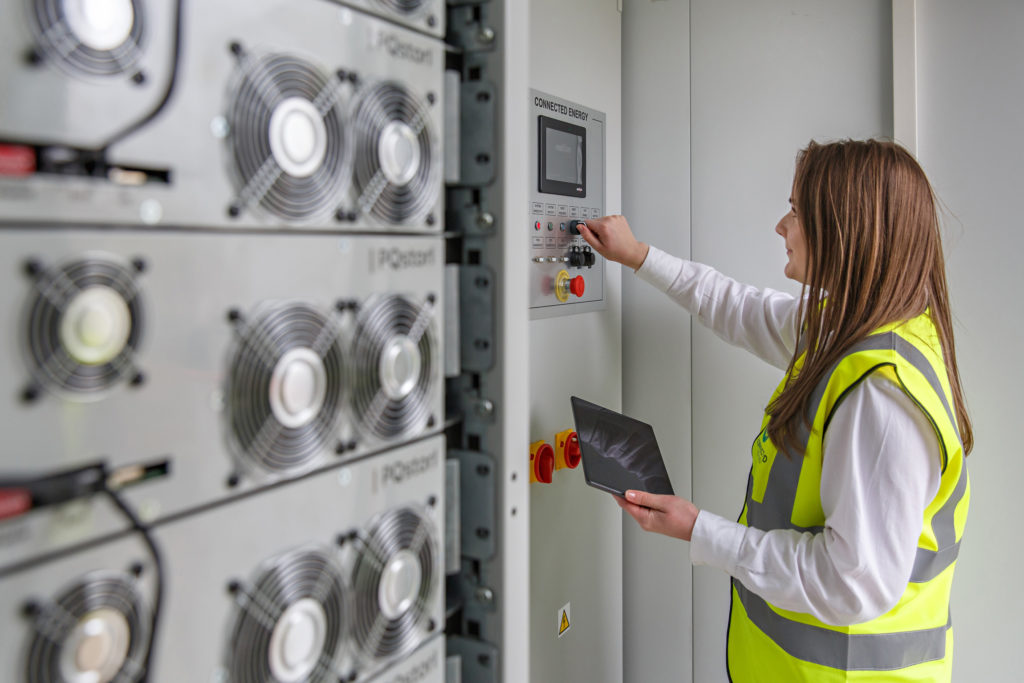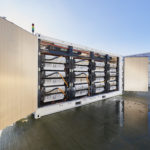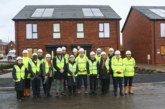Deploying new technologies like battery energy storage systems (BESS) could help buildings get back on track with their emissions targets, say sector experts.
Recent reports have found that both the public and private sectors are going to miss their decarbonisation goals without further investment. However, BESS could help turn this around.
“BESS can provide some quick wins in terms of enabling electric vehicle (EV) adoption, optimising use of onsite renewables, and even using more green energy from the grid,” said Matthew Lumsden, CEO of energy storage experts Connected Energy.
“The focus for FM companies and landlords has rightly been on energy efficiency measures like LED lighting, but the next phase of electrification is going to reverse some of those gains and see building’s energy consumption potentially increase once more. Without measures like BESS, building emissions will also rise concurrently.”

The Public Buildings Energy Efficiency Report by Neos Networks found that CO2 emissions from public buildings need to fall five times faster if they are to meet the mandated target of 75% reduction in CO2 emissions by 2037. Similarly, a study by Accenture found that 93% of companies will fail to achieve their decarbonisation goals if they don’t at least double the pace of emissions reduction by 2030.
Battery energy storage systems act as energy reservoirs, storing power during quieter times to provide it during peak periods. There are several ways that BESS can help reduce emissions from buildings.
A common use case is to prevent the need for an expensive grid connection upgrade from the distribution network operator (DNO) — many businesses are experiencing capacity issues as they expand their sites or introduce new technology such as EV charging and heat pumps. If a DNO upgrade will cost more than £200,000 then it’s worth looking at battery storage as an alternative.
BESS can also help optimise the value of rooftop renewables by storing surplus solar energy to make it available as required. This boosts the return on investment from renewables as you make better use of the green energy you generate. Crucially, if there is a large cost differential between the cost of energy export and import, then BESS can provide a real return on investment.
Even if a site does not have solar, a BESS can help decarbonise energy consumption. This is because it can be programmed to buy and store energy when the grid is producing high amounts of green power.
“There are not many technologies which can provide this level of versatility when it comes to different use cases,” added Matthew. “And increasingly BESS are available on financing or ‘as a service’ contracts meaning there doesn’t have to be a significant capital outlay to install them.”
BESS can be made even greener if they use second life batteries — this is when good batteries are reclaimed from end-of-life EVs and given a second life in energy storage systems. A system using second life batteries, such as Connected Energy’s E-STOR product, can provide carbon savings from the outset by reusing materials from an EV battery and doubling its lifecycle.
Connected Energy has produced a free white paper on BESS for buildings, which can be downloaded from its website, website https://connected-energy.co.uk/whitepapers/.
Header image: Inside an E-STOR system by Connected Energy










